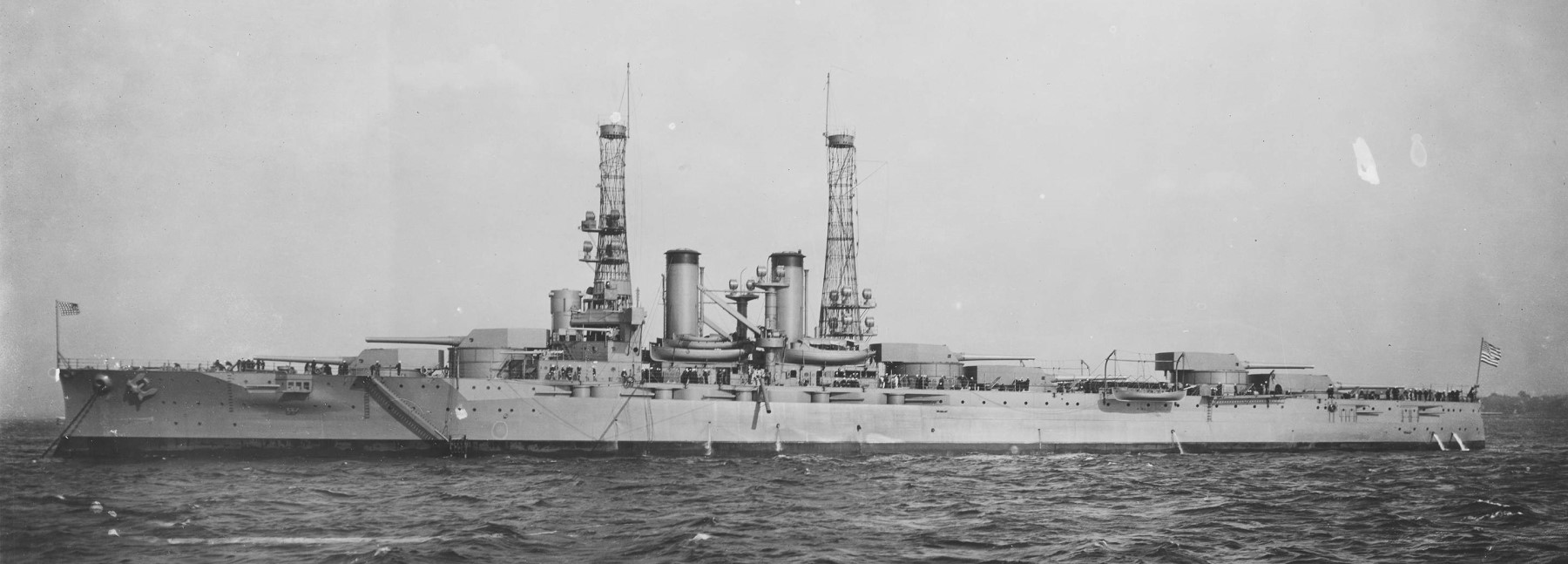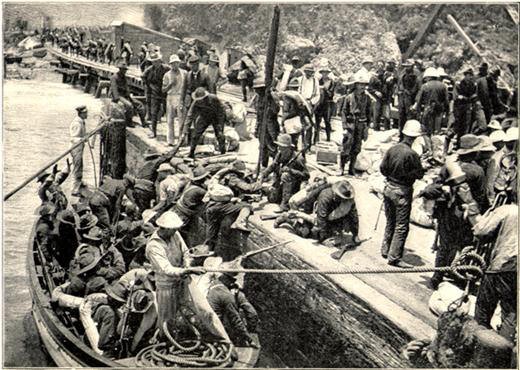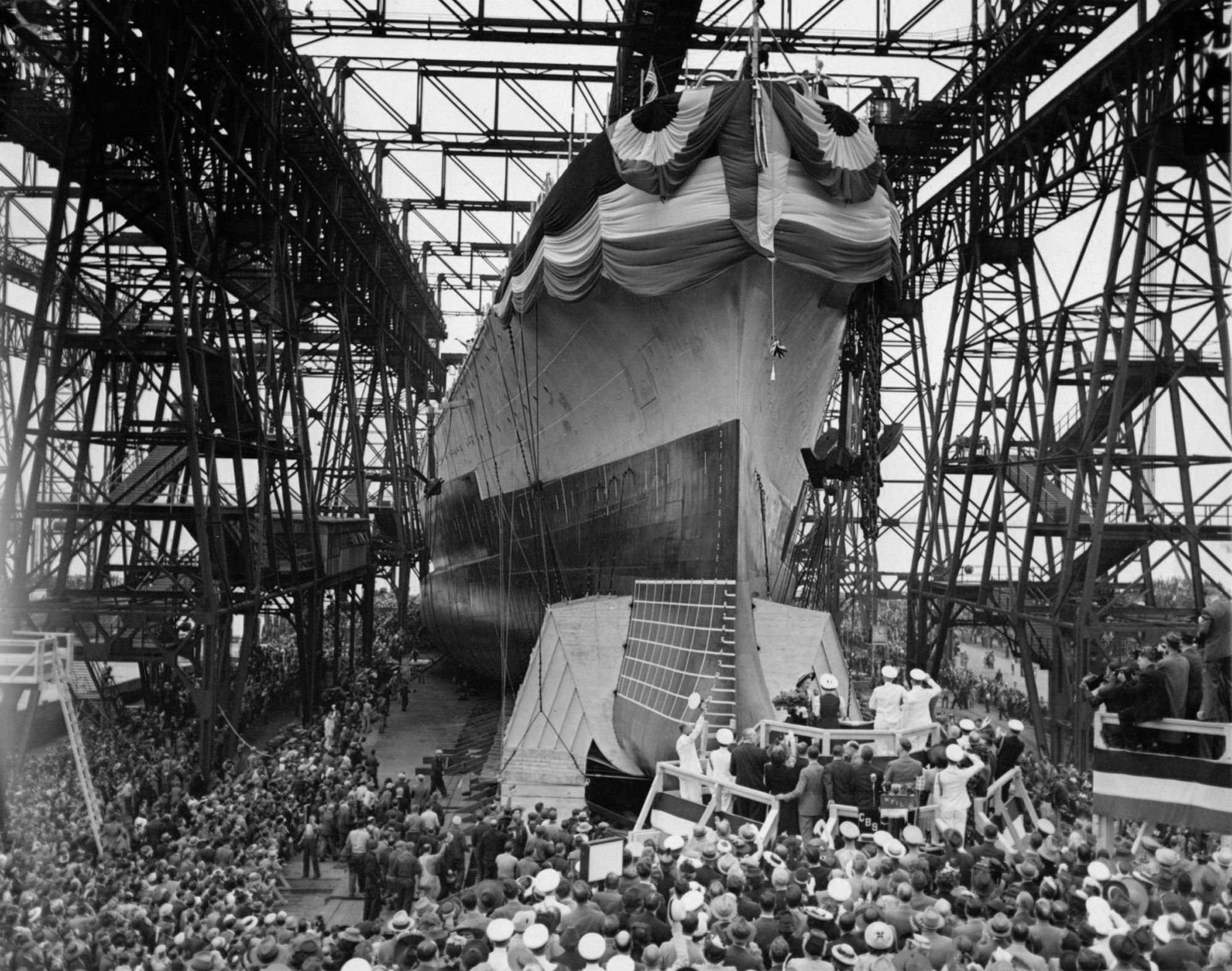We're at the venue, a month and a half before the wedding. Lord Nelson and the planner there are discussing table decorations for the reception. I'm thinking about battleships. The talk turns to centerpieces, and the lady says something about using water and floating things in it, like candles. My brain immediately says "You know what else floats? Ships! And if we can get some models that we could float, it would be a cool touch, and one that I'd like." I share this plan, and both of them like it, too. Lord Nelson points out that since the centerpieces they're talking about have three vase/cylinder things, she can find a bunch of Kyogre models1 and float those, too. We'll fill the last one with fake flowers or something. Everyone likes this plan.2

The final result
I immediately busy myself trying to find models. Given that I have to fit the models into a cylinder which is 3-4" across, they're going to have to be small. I'm having trouble finding anything until I stumble across 1:6000 wargaming minis from Figurehead. I can just build a raft out of balsa or something for them to float on. But because they're not designed to float, I know stability is going to be a problem. They're metal, which means really excessive topweight. Hmm... What if I make the raft a catamaran? That solves the stability problem handily. Catamarans basically don't tip over, and I can then use twice as many ships. It'll probably look better too. So I order a bunch. Two sets of Iowas, one WWII and one 80s, a pair of Nelsons for her, some Wasps, to represent America, and Iron Dukes, Burkes and Essexs to round the set out. Then I start development of the rafts. And things begin to go downhill. Read more...










Recent Comments